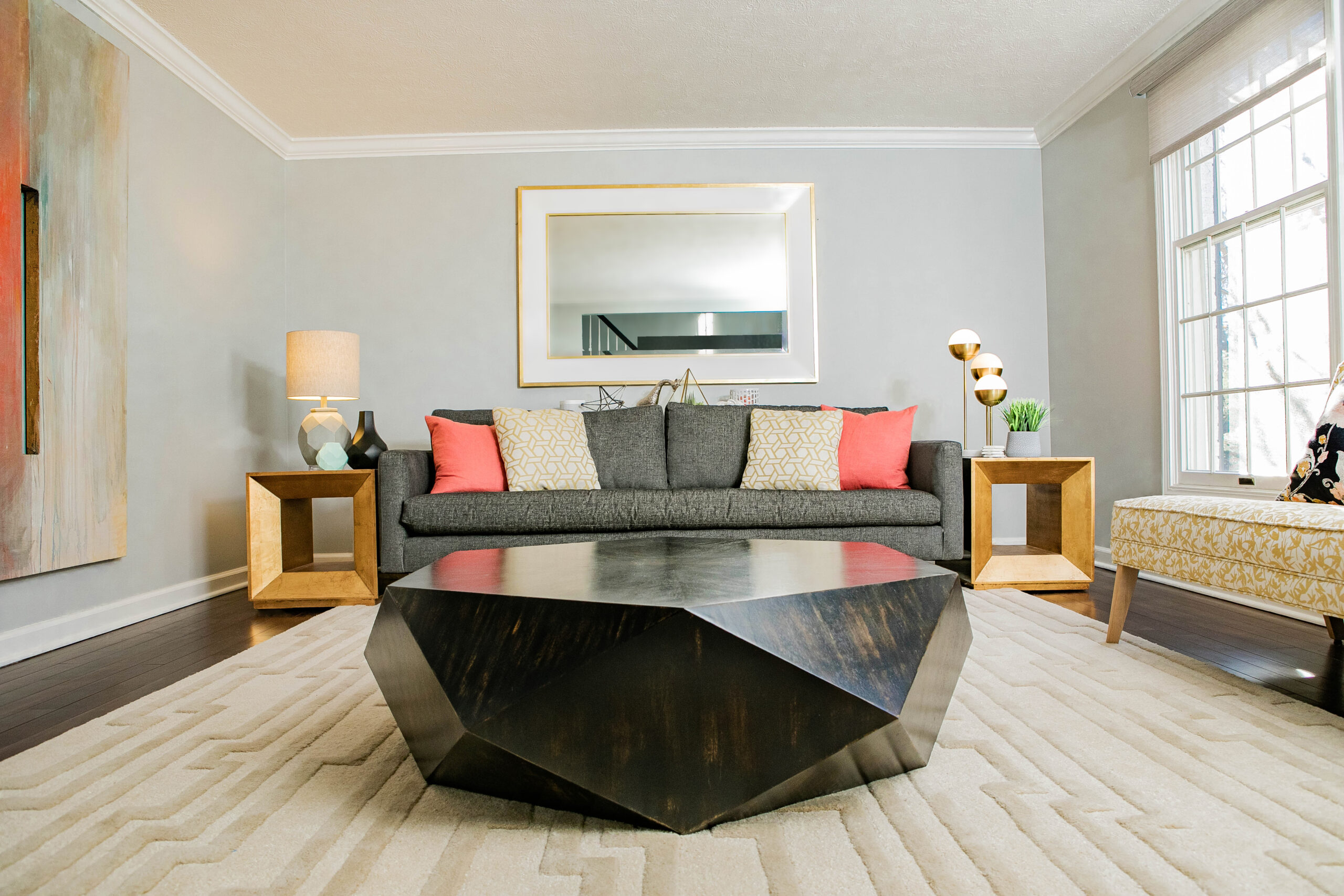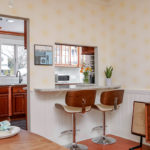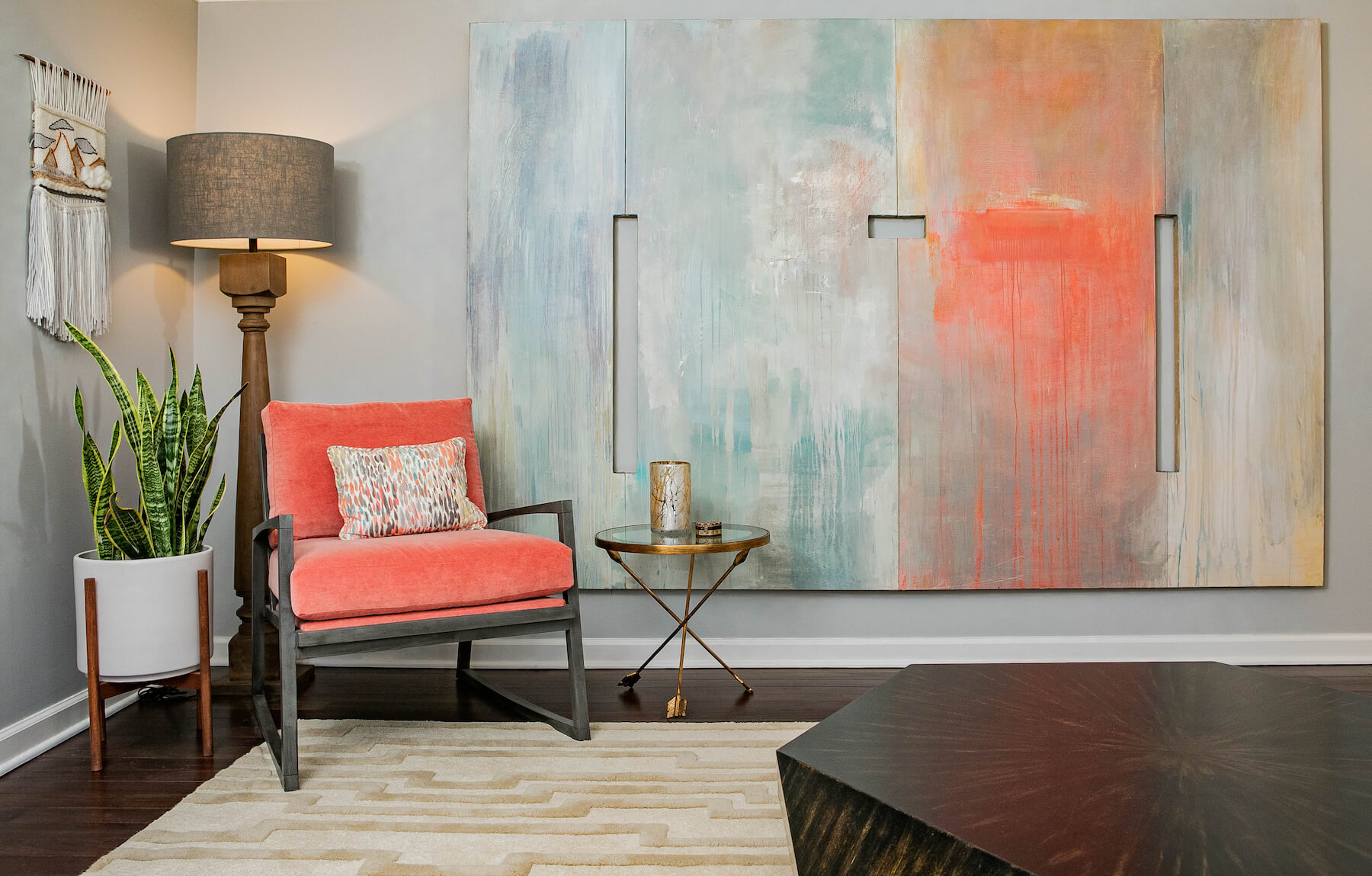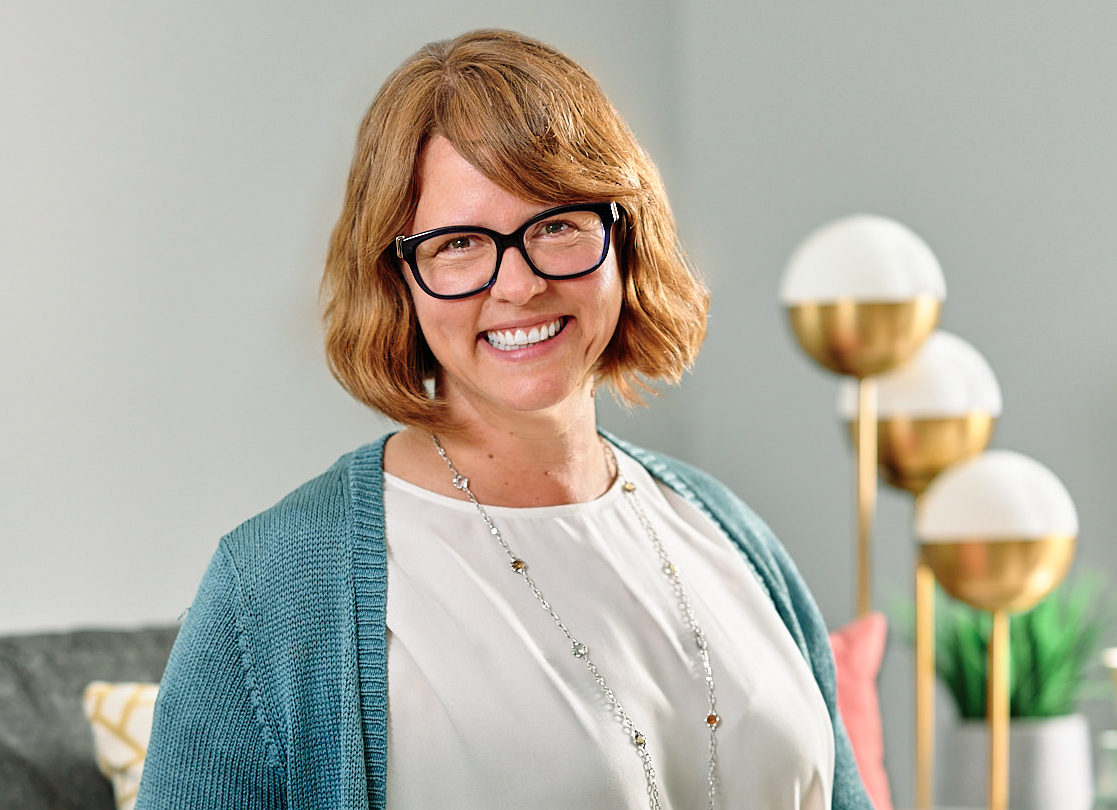Are you tired of feeling uninspired and unmotivated in your own home? Well, the solution might be simpler than you think. By understanding the psychology of colors, you can transform your living space into a haven that promotes relaxation, productivity, and happiness. In this blog post, we’ll take a deep dive into the power of color and show you how to choose the right hues to enhance your mood and well-being.
So, get ready to unleash your inner interior designer and make your home the ultimate sanctuary.
Blue
Blue is often associated with calmness, serenity, and relaxation. It’s a great color choice for bedrooms and bathrooms, as it can promote restful sleep and reduce stress levels. Incorporating blue into your home decor can improve your mental health and overall well-being.
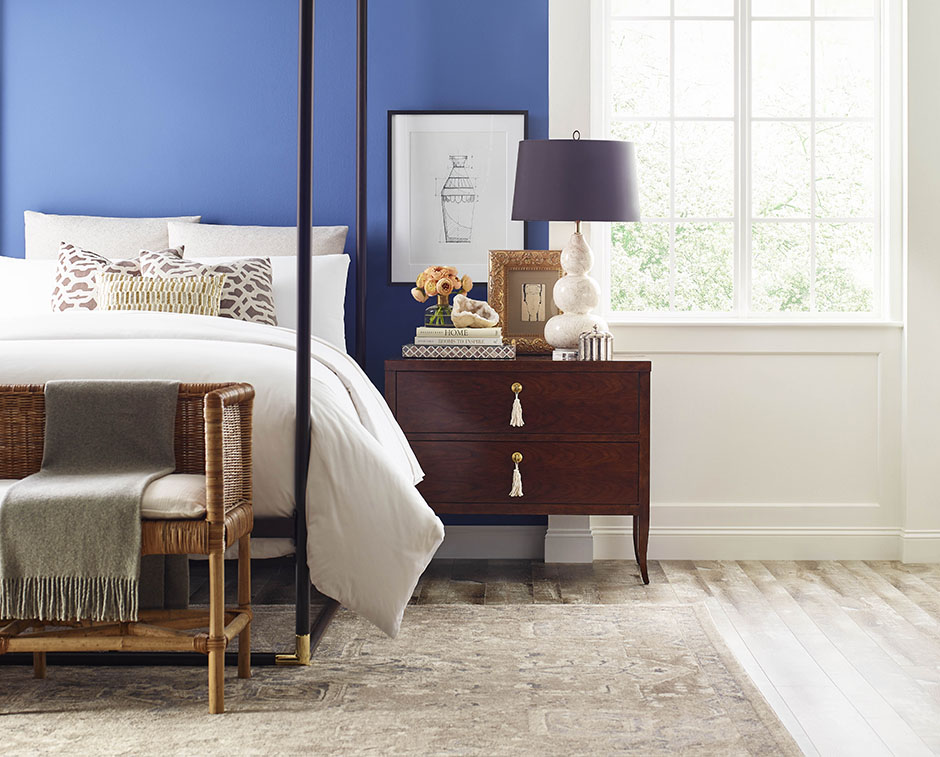
Green
Green is associated with nature, growth, and balance. It’s a perfect choice for promoting a sense of calm and relaxation, making it ideal for bedrooms, living rooms, and other spaces where you want to unwind. Green can also be a great color for promoting creativity and focus, making it an excellent choice for home offices or studios. Incorporating green into your home decor can help you feel more centered and productive.

Yellow
Yellow is a cheerful and bright color that can create a sense of warmth and optimism in a room. It’s a great color choice for kitchens and living rooms, as it can promote feelings of happiness and friendliness. However, too much yellow can be overwhelming, so balancing it with other colors or using it as an accent is essential. Incorporating yellow into your home decor can improve your mood and make your home feel more inviting.

Red
Red is a bold and energetic color that can increase energy and excitement. It’s a good choice for home gyms or other active spaces, as it can help you get pumped up for your workout. However, it’s not recommended for bedrooms, as it can be too stimulating and disrupt sleep. Incorporating red into your home decor can improve your energy levels and help you feel more motivated.

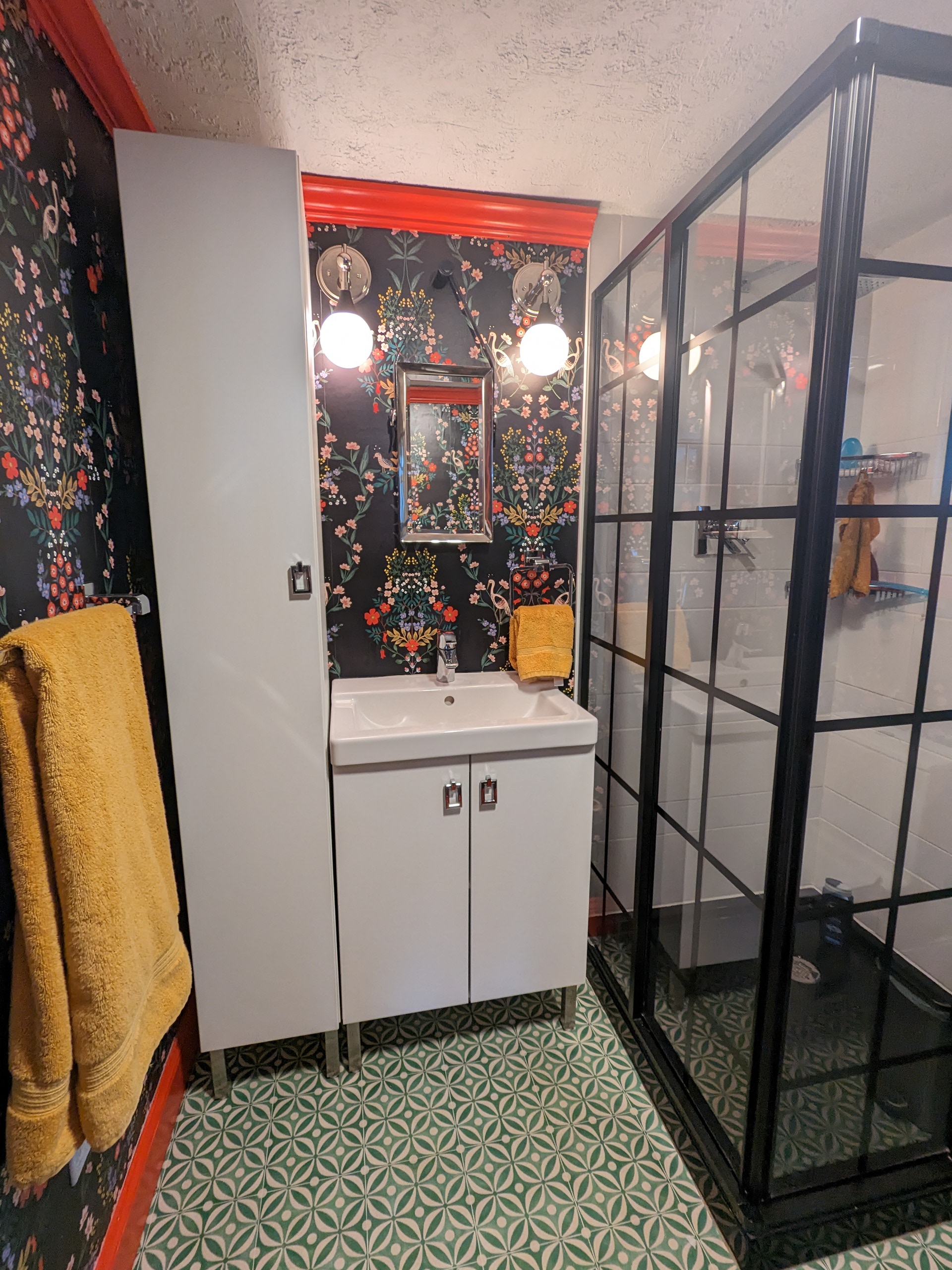
Orange
Orange is a warm and energetic color that can create a sense of excitement and enthusiasm. It combines the energy of red with the happiness of yellow, making it a great color choice for workout rooms, playrooms, or other spaces where you want to feel motivated and energized. Orange can also create a welcoming and inviting atmosphere, making it a great choice for entryways or living rooms.


To make the most of the psychology of colors in your home, follow these tips:
Start with a color scheme
Choose a color scheme that reflects the mood and atmosphere you want to create in your home. Consider using a color wheel or online tools to help you choose complementary colors.
If you want to create a relaxing and tranquil atmosphere in your bedroom, you might choose a cool color scheme with shades of blue and green. You could use a light blue on the walls, with accents of green in the bedding and curtains
Use color as an accent
Too much of any color can be overwhelming, so use bold colors as accents rather than the primary color in a room.
If you have a neutral-colored living room, you can add orange accent pillows on the sofa or an orange throw blanket over the armchair. This will add a pop of color and warmth to the space without overwhelming the room.
Another option is to add an orange statement piece, such as a unique vase or artwork, to draw the eye and create a focal point in the room. Remember, using color as an accent can be a subtle yet effective way to enhance the overall design of your home.
Consider the lighting
The lighting in a room can affect how colors appear, so it’s important to consider natural light and artificial light sources when choosing colors.
If your room has limited natural light, you might want to choose brighter or bolder colors that can add warmth and depth to the space. It’s also important to consider the type of lighting fixtures you have in the room. Different types of bulbs can cast different hues of light, which can impact how the colors in the room appear.
For example, warm-toned light bulbs can make colors appear more yellow, while cool-toned light bulbs can make colors appear more blue. By considering the lighting in the room, you can choose colors that look their best and create the atmosphere you desire.
Experiment
Feel free to try new color combinations or switch things up occasionally. You might be surprised at how a different color can transform a space.
Let’s say you have a living room with neutral walls and furniture, and you want to add some pops of color to make the space feel more lively. You decide to experiment with a bright orange accent wall.
At first, you might be hesitant to add such a bold color to your living room. But after painting the wall and adding some complementary accents like throw pillows and a rug, you realize that the orange creates a warm and inviting atmosphere.
So, what are you waiting for?
Start applying the principles of color psychology in your interior design today and transform your home into a haven of peace and joy. Consider your favorite colors, experiment with different combinations, and don’t forget to pay attention to lighting. With these simple tips, you can create a home that not only looks beautiful but also feels great to live in. Your mental and physical well-being will thank you for it.
Happy decorating!
